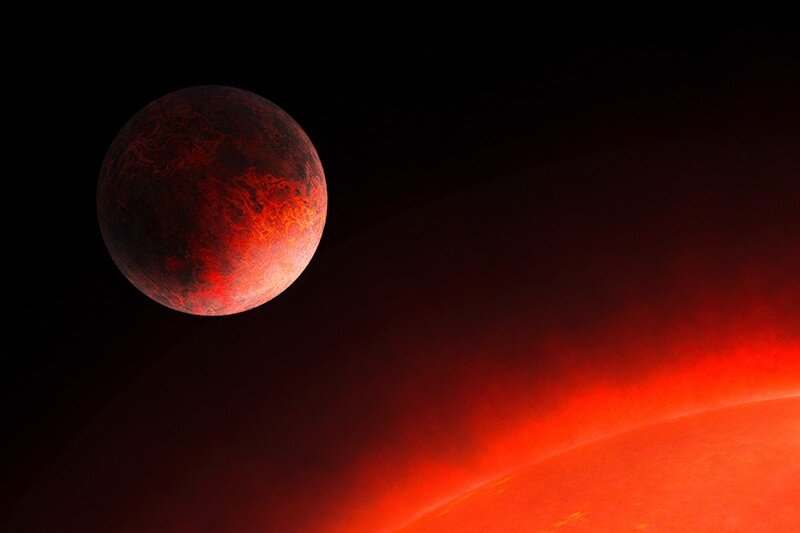I note this in the article. "We already know a few of these, but their origins are currently unknown," study co-lead author Kristine W. F. Lam, of the Institute of Planetary Research at the German Aerospace Center, which is known by the German acronym DLR, said in a DLR statement."
Some models were presented as possible answer here but nothing definite. Here are some other notes on this exoplanet report I collected.
In a new study, published in the journal Nature, the researchers show that the planet, which is 31 light years from Earth, is one of the lightest among the nearly 5,000 exoplanets (planets outside our own solar system) that are known today, with half the mass of Earth. It has a diameter of just...

phys.org
“In a new study, published in the journal Nature, the researchers show that the planet, which is 31 light years from Earth, is one of the lightest among the nearly 5,000 exoplanets (planets outside our own solar system) that are known today, with half the mass of Earth. It has a diameter of just over 9,000 kilometers—slightly larger than Mars. The team say the research represents a step forward in the search for a "second Earth" as it shows astronomers can determine the properties of even very small planets..."
Reference paper, This tiny iron-rich world is extraordinarily metal,
https://www.nature.com/articles/d41586-021-03587-z, 02-Dec-2021.
My observation, here is a property report for GJ 367 b,
http://exoplanet.eu/catalog/gj_367_b/
Using mass = 0.001718 Mjup, a=0.0071 au, e=0, mass of host star = 0.454 Msun. My calculations show P = 3.2431E-01 day or 0.32431 day. The P listed at the exoplanet site is 0.321962 day. In a one billion year time span, this exoplanet could complete 1.1262E+12 revolutions or more than one trillion revolutions around the parent star, GJ 367. Explaining the formation of such exoplanet systems is difficult using the protoplanetary disk models. Reading about exoplanets with a trillion or more revolutions in a one billion year time span, I find interesting too.



